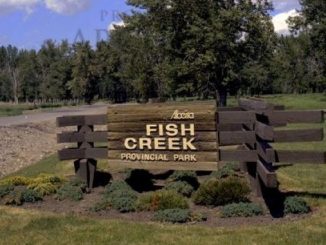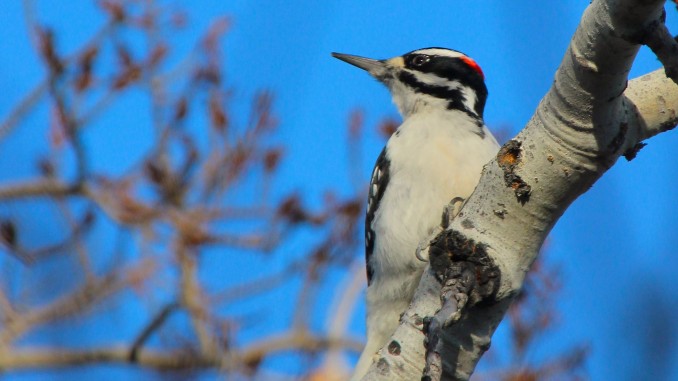
Several years ago during a weekend camping trip a discussion broke out between my wife and I about which species of deer, White-Tailed or Mule, we had just seen walk through the campground. An acquaintance, who happened to be camping with our larger group, overheard our discussion and promptly asked, “who cares?” The answer I gave to that gentleman all those years ago still applies today, “because I like to know what I’m looking at!” It was with that thought in mind that I decided to take a Learn To Birdwatch course with the City of Calgary.
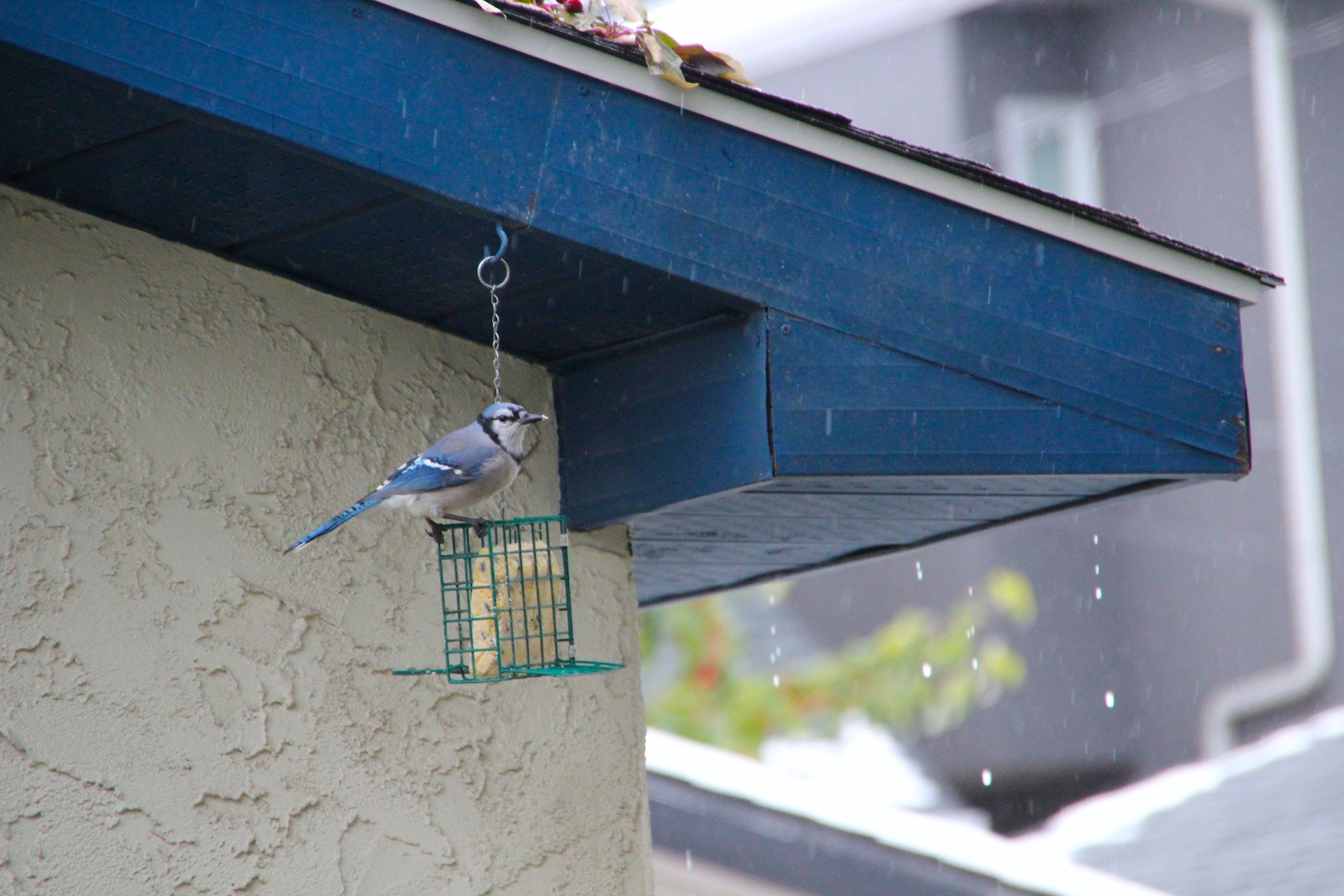
Through my job as a teacher working in an outdoor setting, I have gained a pretty sound knowledge of the mammals that live in this part of the country, but birds have always given me a bit more trouble. I can identify some of the more common species like a Robin, Raven, Great Horned Owl, Mallard, Blue Jay, or Ruffed Grouse, but being able to tell the difference between a Redhead and a Canvasback duck or a Downy and a Hairy Woodpecker is beyond me. Someone needed to teach the teacher about birds, so I would be able to know what I was looking at whenever I was outside. Enter Sid Andrews, Interpretation Coordinator and master birder with the City of Calgary.
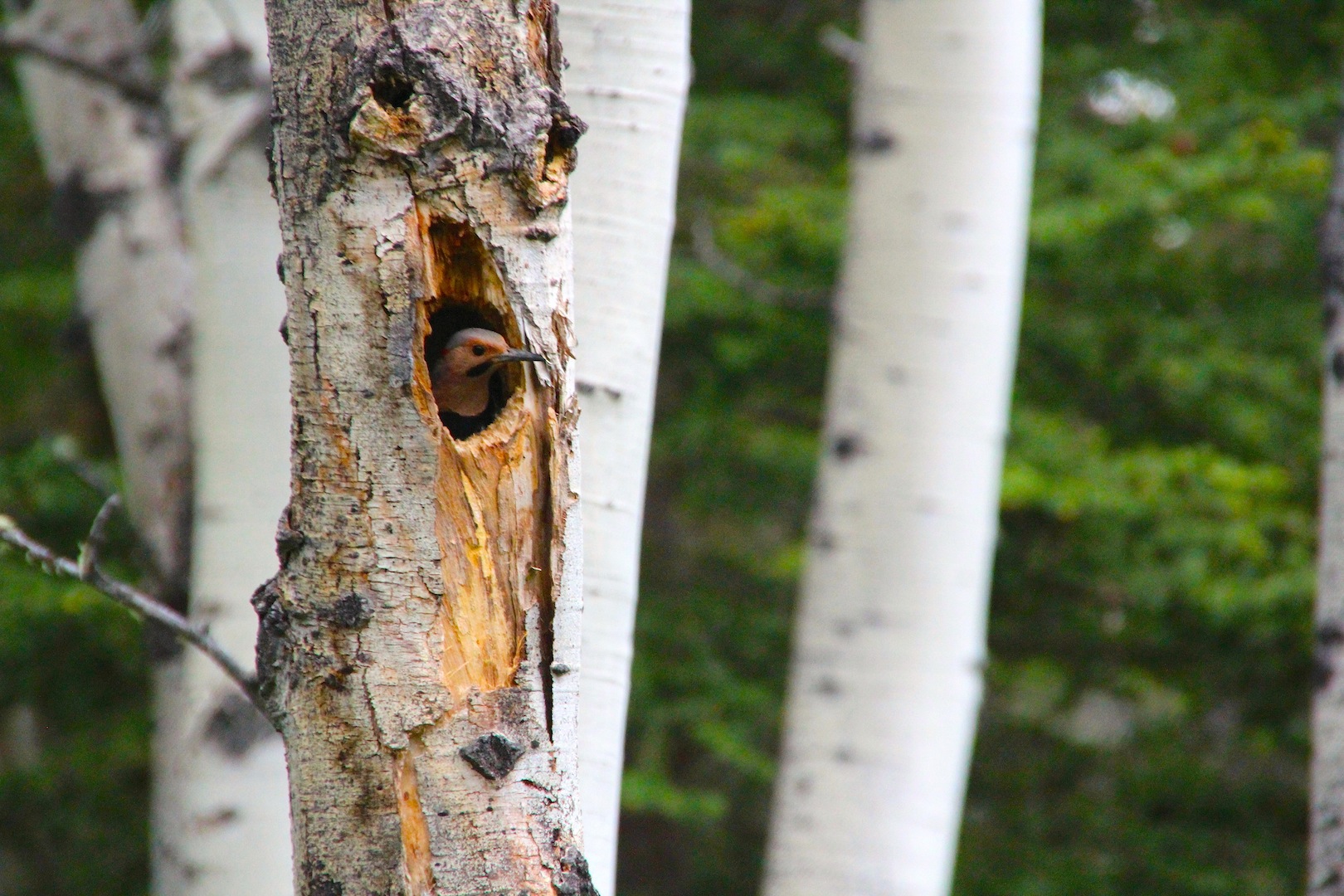
About twenty of us gathered at the Inglewood Bird Sanctuary on a chilly Saturday morning in March to learn a few things about birdwatching. Since many of us were new to birdwatching, Sid really broke it down and made things as simple as he could. One of the biggest mistakes new birders make is always looking in a field guide immediately after seeing an unknown species. This doesn’t allow the necessary time to really “see” the bird and usually results in a failed identification attempt. Although field guides are an important tool in birdwatching, Sid recommended the G.I.S.S.T method as a way to observe the bird before truly identifying the species. When you break it down, the G.I.S.S.T method looks like this…
G.I. = General Impressions
-What did it look like? (a hawk, a duck, a songbird etc.)
-What did it remind you of? (a goose, a shorebird, a chicken etc.)
-It was…. (colourful, drab, tiny, large, etc.)
S.S. = Shape & Size
-It was as big as a _____ or as small as a _____ (fill in the blanks with birds you already know)
-Characteristics (slender, long, chunky, small, plump etc.)
T = Traits
-Movements (bobs it’s head/tail, strong swimmer, soaring in a circle etc.)
-Physical appearance (broad wings, hooked beak, specific colour patterns, etc.)
Once the general impression of the bird has been established a field guide can be used to determine the specific species of the bird. If you’re too quick to open your guide without fully absorbing the bird’s behaviour or appearance, chances are it will have moved on by the time a second look is required.
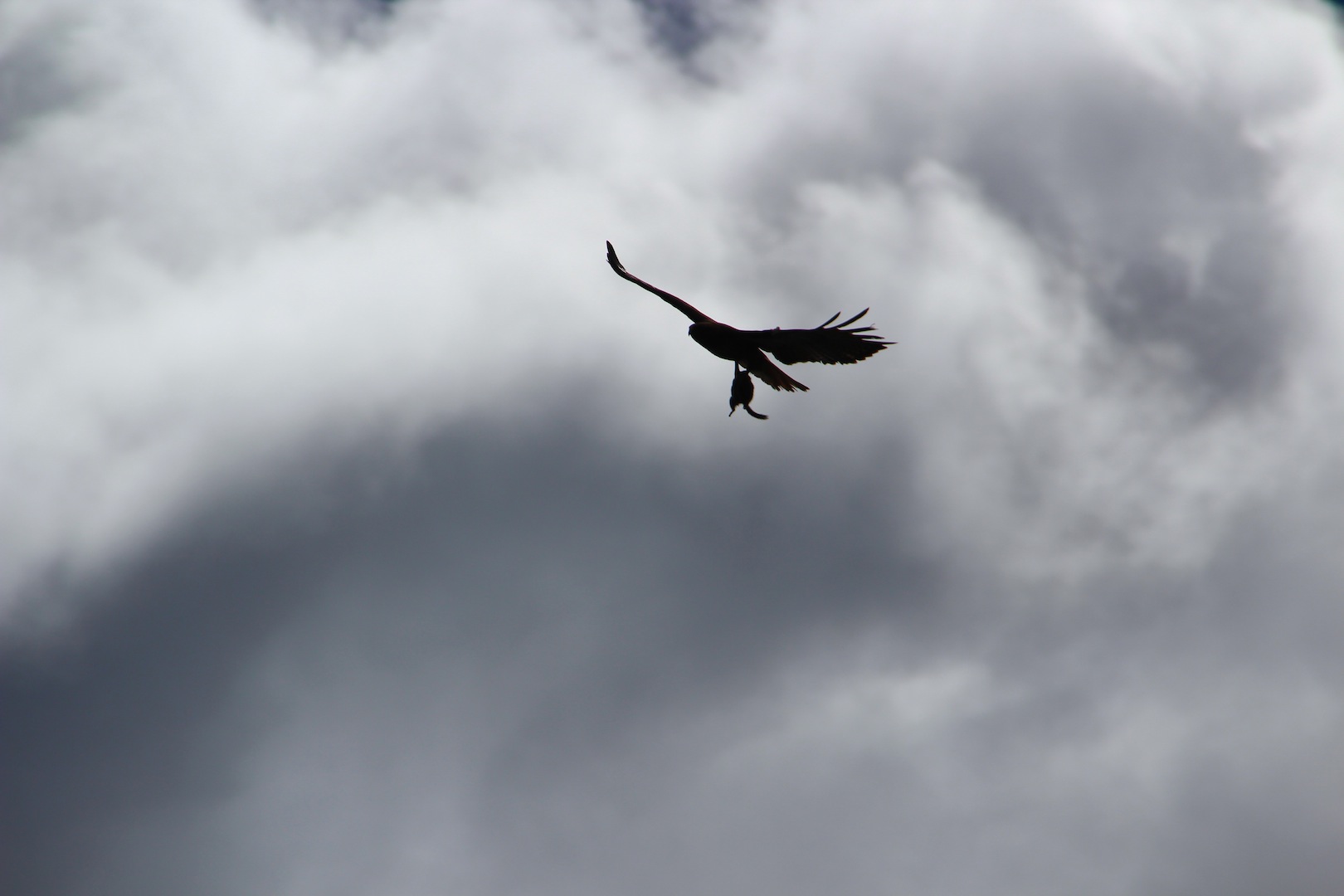
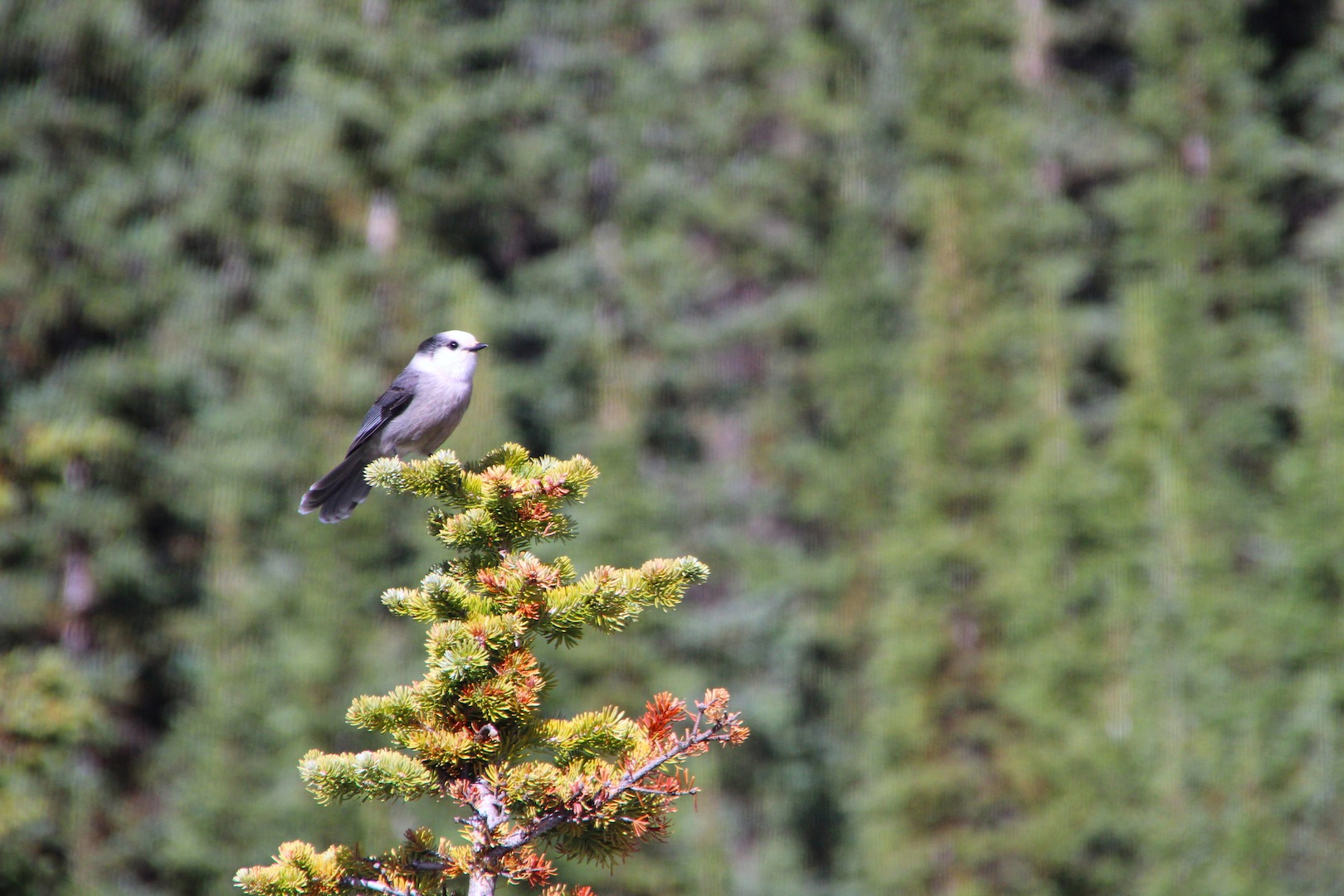
As I mentioned before, field guides are important tools in any birdwatcher’s arsenal. Sid recommended Sibley’s, Peterson’s or Kaufman’s field guides as great resources. A fantastic local resource is Birds of Alberta written by best-selling author Chris Fisher. In today’s technologically advanced world there are now birdwatching apps available for cell phones and tablets. The iBird line of apps came highly recommended by Sid and a couple of other class participants. In addition to the field guide a pair of binoculars are a great investment. The standard magnification for birding is 8×42, but others, such as 10×42, 10×50, or even 12×50 can be handy for seeing details in smaller species. The first number refers to the strength of magnification, so an 8 would mean the subject would be 8 times closer to the viewer. The second number is the diameter of the objective lens. The bigger the number, the bigger the lens, meaning the amount of light the binoculars can obtain increases with size, translating to a brighter image for the viewer.
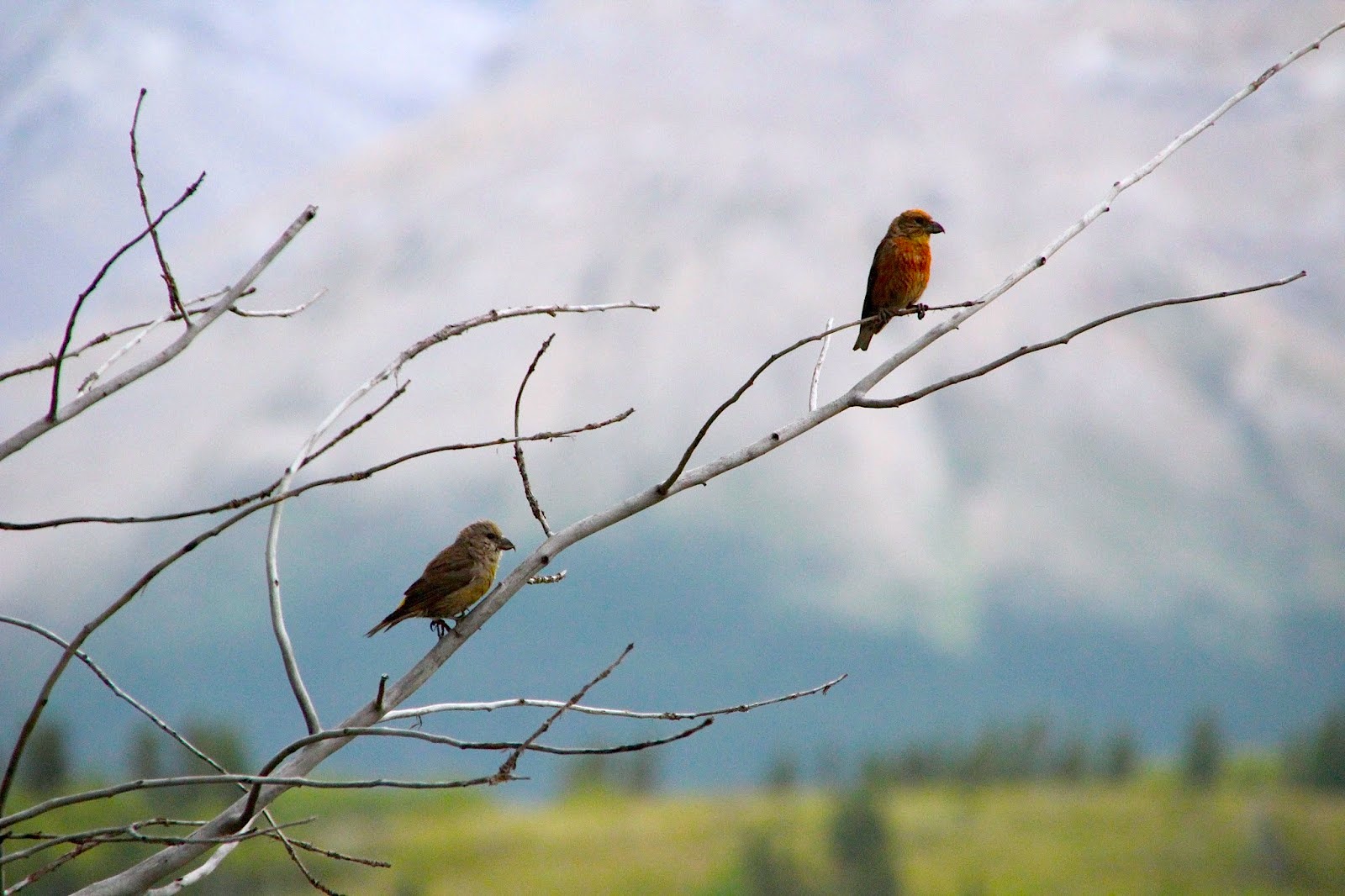
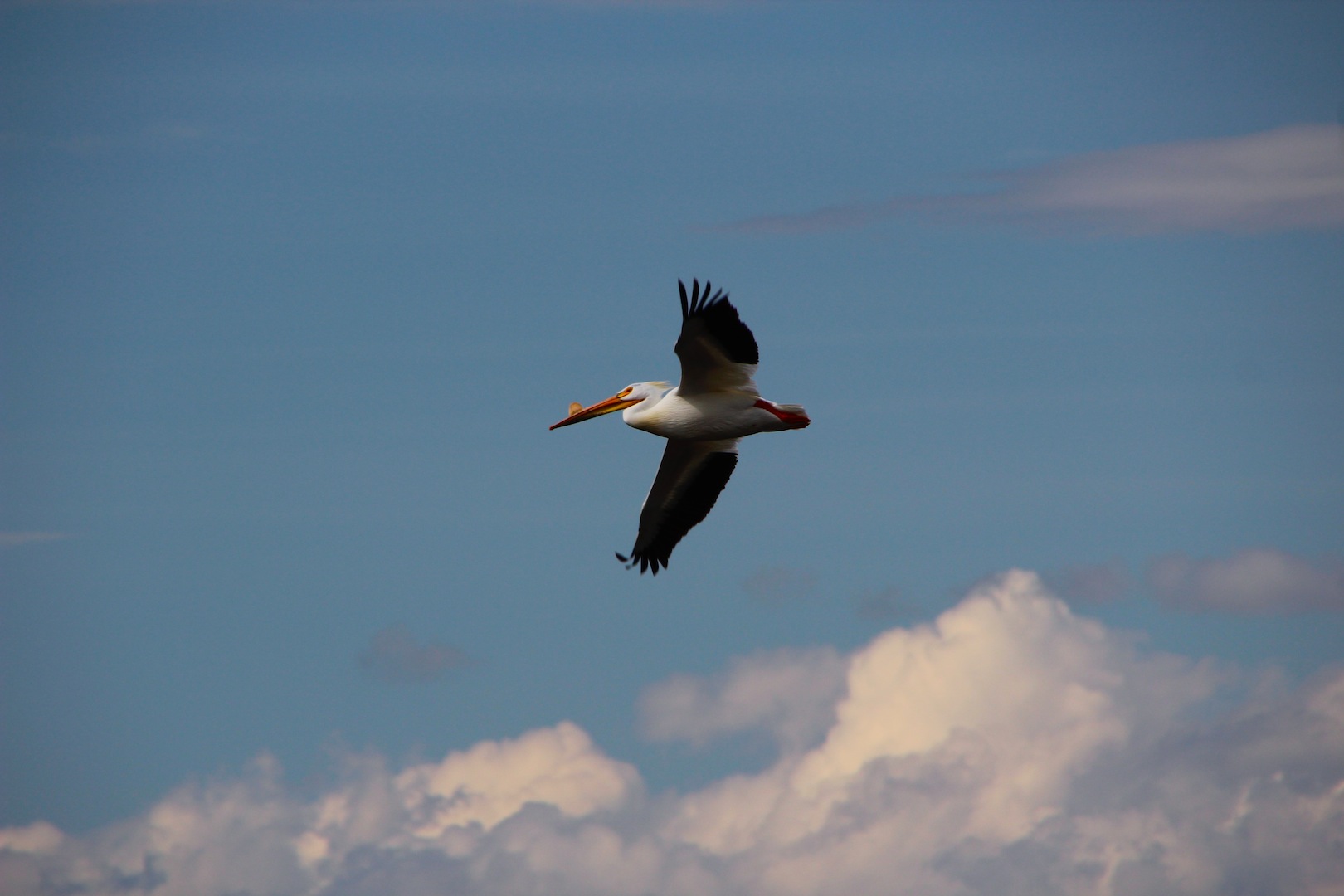
There are 421 different species of birds that live in Alberta and 368 of those species can be viewed within the Calgary region. Keep in mind those numbers will fluctuate with changing seasons as many bird species migrate. With numbers like that though, your chances of spotting a few birds are pretty darn good. Just about any park or natural area within Calgary will provide a good viewing opportunity, but popular hot spots throughout the city include Fish Creek Provincial Park, Weaselhead Natural Area, Nose Hill Park, Ralph Klein Park, and just about any green space along the Bow or Elbow Rivers. Of course the Inglewood Bird Sanctuary is one of the best, but you’ll have to check and see areas are currently open as they suffered some incredible damage during the 2013 floods and some areas continue to be under remediation work.
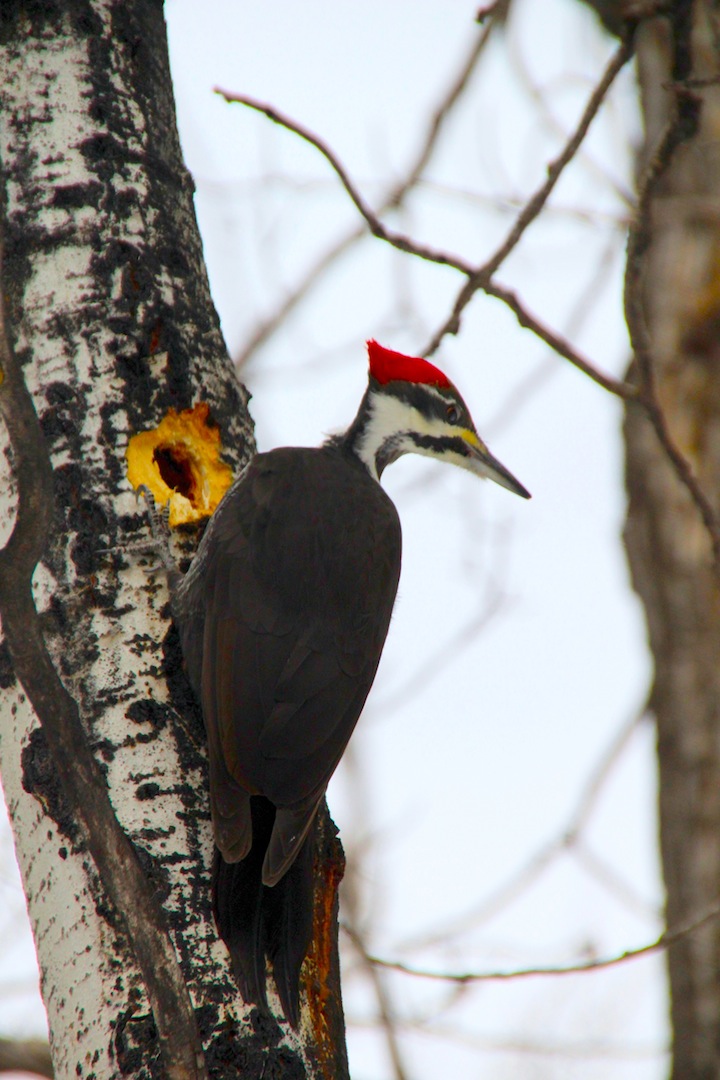
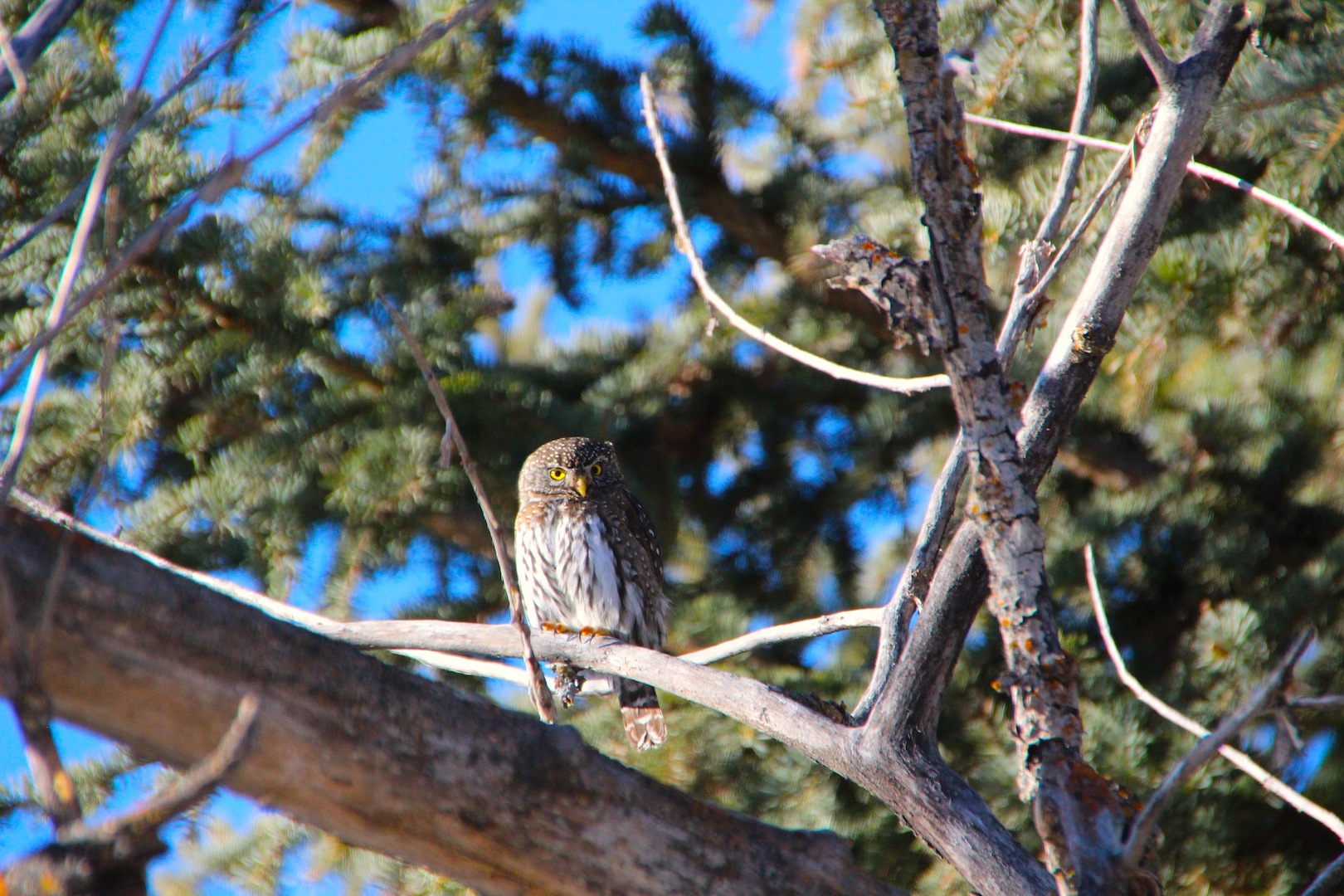
If you’re interested in taking an introductory birdwatching course, the City of Calgary offers some great programs, as do the Friends of Fish Creek Provincial Park Society. Nature Calgary also offers free field trips and a chance to interact with veteran birders in the field. Just because you don’t have enough resources already, the Cornell Lab of Ornithology is a wonderful online tool for bird enthusiasts and Birds Calgary has an up to date blog about birds seen in the Calgary area. Finally, the Wild Bird Store on Macleod Trail South will get you situated with backyard feeders, bird baths, nestboxes and more, which means you won’t have to go further than your own backyard to see our feathered friends.
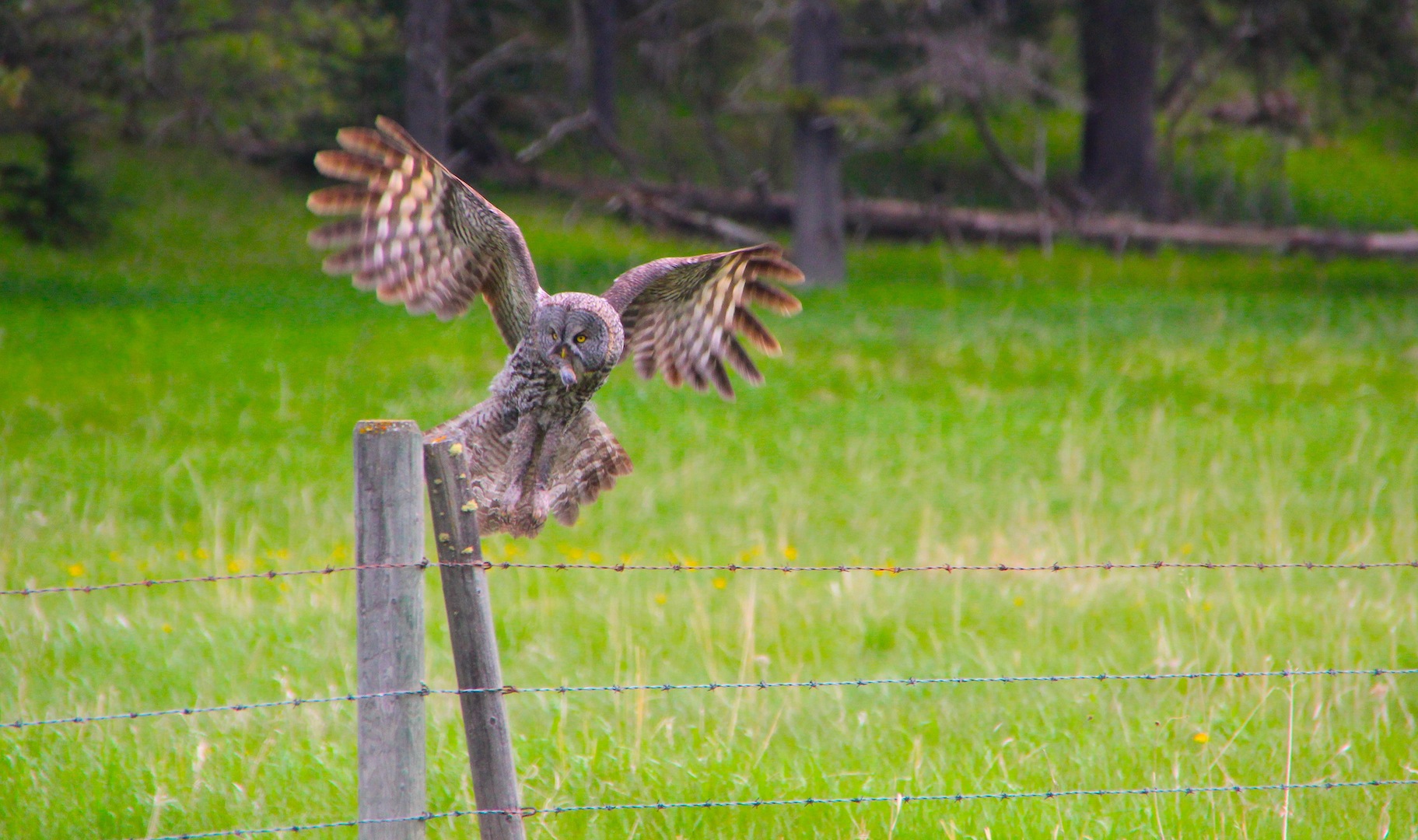
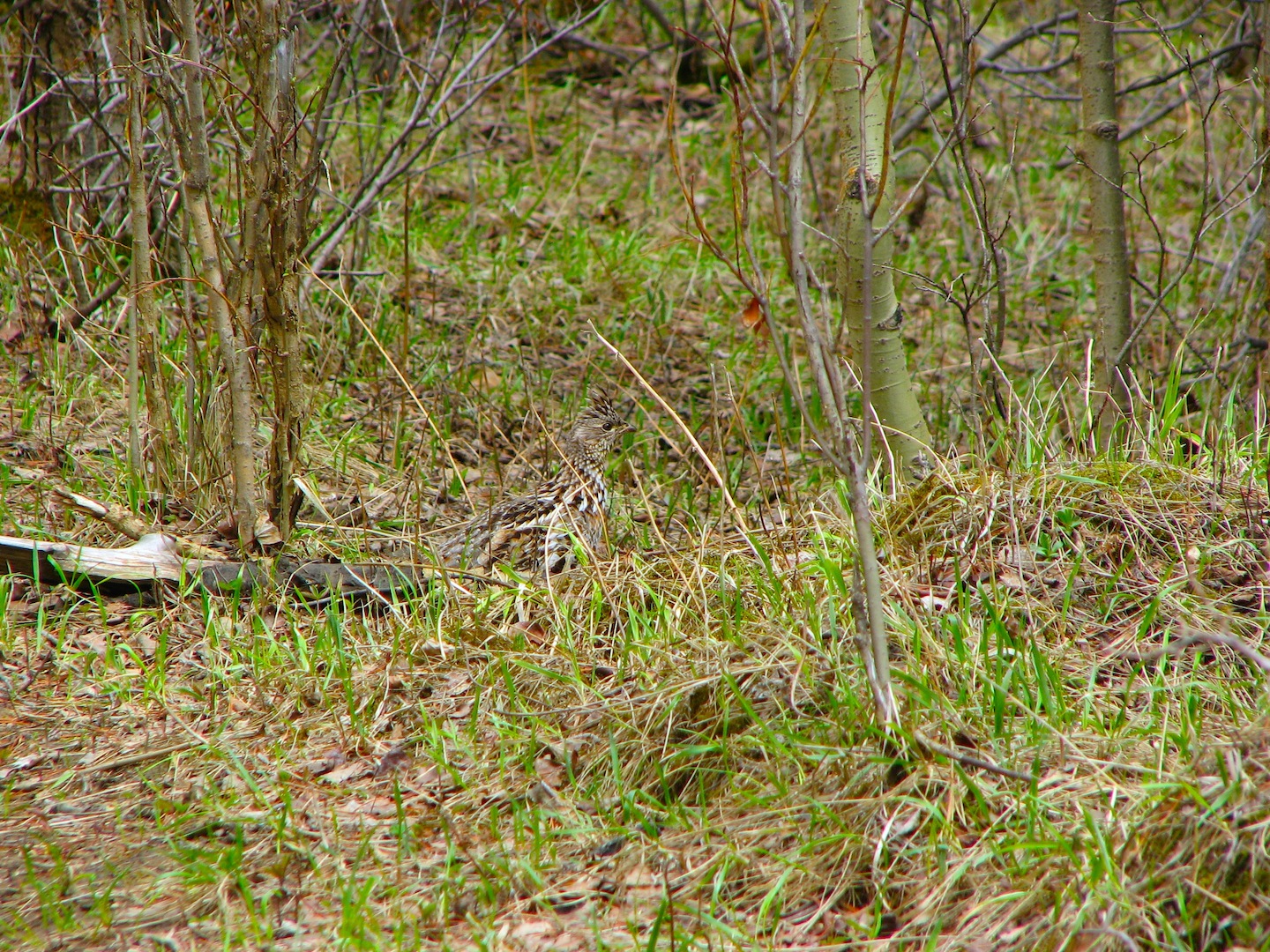
I hope this has been helpful for those of you looking to get into birdwatching. Of course, this brief write-up cannot replace the detailed instruction you’d receive during an actual course or the hands-on learning you gain by spending time in the field. You should head outside this weekend, but don’t forget your binoculars and field guide, as there are some truly spectacular sights you won’t want to miss!
Happy Birding Everyone!
*featured image (at top) is a Hairy Woodpecker in the Paskapoo Slopes area of Calgary. Photo Credit: Tyler Dixon
//


